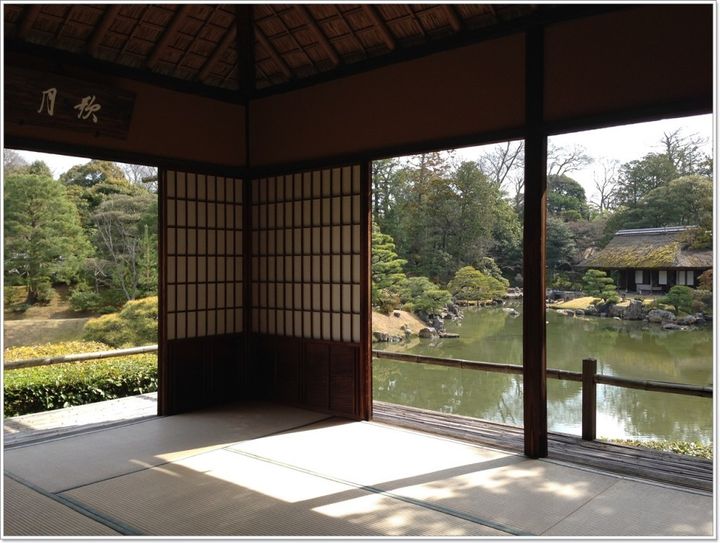After my sister Kani had lived in Tokyo for a while as director of a school teaching English, she invited my wife and me to visit and asked her special friend, a Japanese man, to arrange a trip for the four of us and to drive us. My sister lived Japanese style, so we became acquainted with sleeping on a futon or folding mattress on the floor of tatami mats of woven straw, and bathing in a deep tub called a furo.
When she had asked what I wanted to see, I’d replied, “the workshops of potters.” That way we got out of the city and met a series of country or mingei potters, including some “living national treasures.” We'd stand at the Dutch doors, open at the top, until the potter, seeing we were serious, would invite us to tea. In the hall there was often a photo of each potter with a Western man whom we learned was named Bernard Leach. After the war, Leach promoted the revival of mingeiyaki, or the type of pottery that we were admiring and that our hosts were making.
On the magnificent route planned by my sister’s friend was also the Katsura Imperial Villa in Kyoto. Having made our reservations, we were surprised upon being told that my sister’s friend couldn't enter, being Japanese. Apparently the villa, at least at that time, was protected against hordes of Japanese tourists and reserved for a smaller flow of foreign ones.
I certainly understood the need to protect Katsura’s fragile landscape against hordes, and ordinarily I am quite careful not to lapse into acting like an “ugly American,” but I heard myself declaring that while we had crossed the Pacific mainly in order to visit the villa, we would abstain unless our friend could accompany us. An exception was graciously made.
This visit occurred much before I had studied Zen Buddhism, one of the dominant influences on the villa’s designers. But the view over ponds and arched bridges from a teahouse induced a bit of the tranquility to which meditation leads. While architects such as Walter Gropius seemed to focus on the strict geometry of the shoji screens, the straight lines in the Katsura Imperial Villa form a contrast to the shape of ponds, arched bridges, pruned plants, and clouds, a contrast absent in a crowded city full of modernist architecture.
While holding these vistas in memory, I began to understand them only several decades later when I learned, a little, about siting in silence rather than keeping busy.

shoji screen & pond at Katsura Villa
